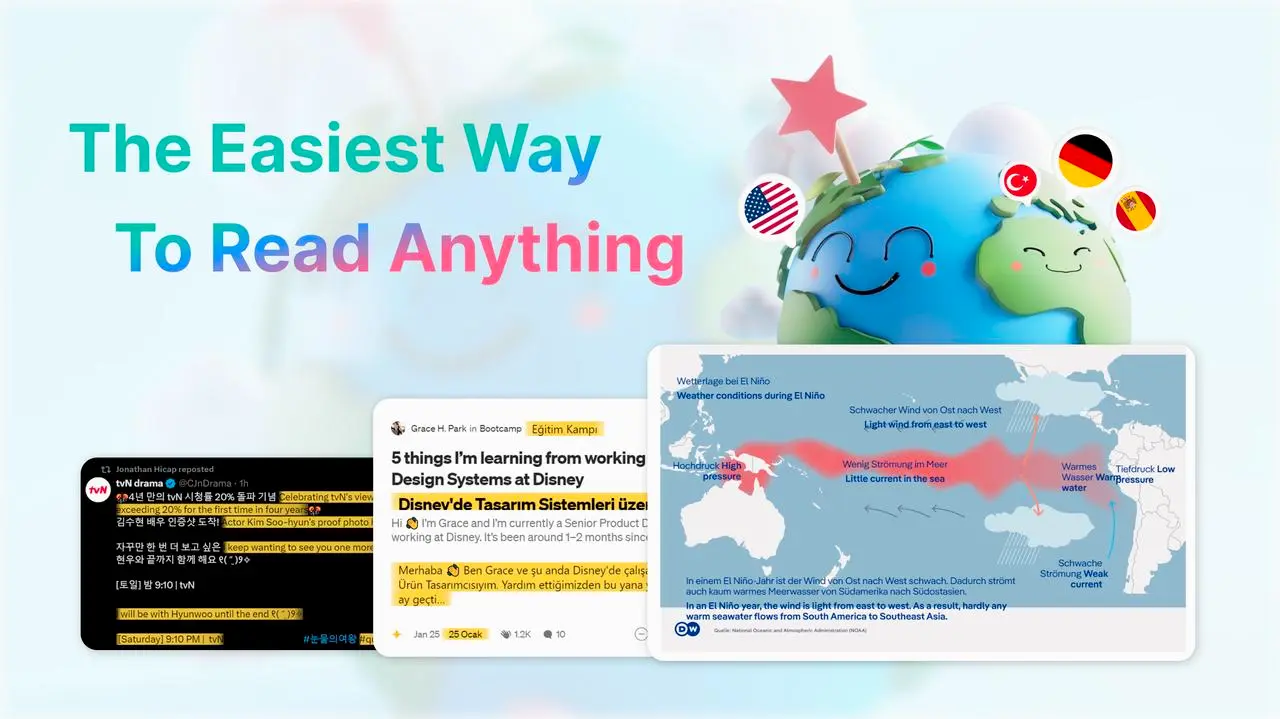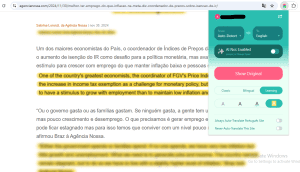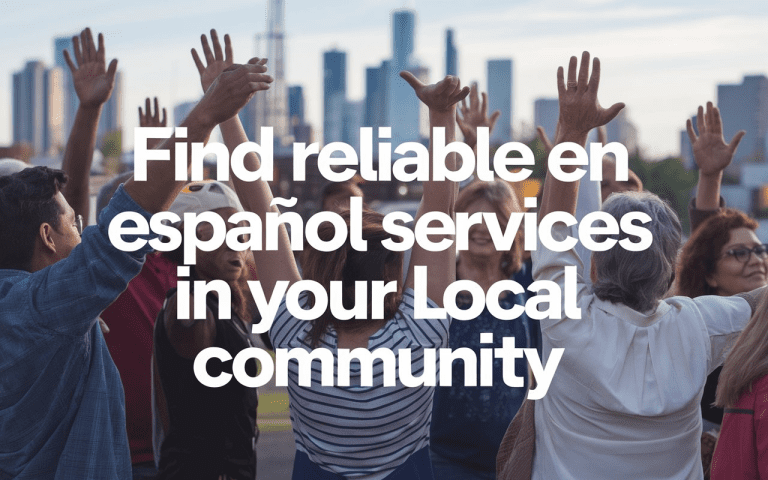Convert Brazil to English Language: Easy Guide
I love traveling and learning new languages. Brazil’s culture and Portuguese language really caught my attention. But, it can be hard to talk to locals or find important info because of the language barrier. One best way is find tools that convert brazil to english language.
So, I’m excited to share a simple guide on how to change Brazilian content into English. This will help you easily connect with people and enjoy your time in Brazil.

Key Takeaways
- Discover the comprehensive range of languages supported for translating Brazilian content into English.
- Understand the key differences between Brazilian Portuguese and English to navigate linguistic nuances.
- Explore a wide array of online translation platforms, mobile apps, and professional services to cater to your language conversion needs.
- Leverage real-time translation features and voice recognition technology for effortless communication in Brazil.
- Uncover strategies for effective cross-language communication, considering cultural factors and context preservation.
Understanding Brazilian Portuguese to English Translation Basics
Translating from Brazilian Portuguese to English is complex. The two languages differ in grammar, vocabulary, and culture. Knowing these differences is key to effective translation.
One way to make translation smoother is by using tools like Biread, which offers a bilingual display and expert translation features. Biread’s machine learning algorithms are designed to handle these complexities, ensuring that idiomatic expressions and cultural nuances are preserved during translation.

Key Differences Between Brazilian Portuguese and English
One big difference is in prepositions. Portuguese prepositions are shorter and come before nouns or pronouns. They show time, location, or movement. These prepositions often combine with definite articles, following specific rules based on gender and number.
Portuguese also has many verb tenses and moods. These include the Indicative, Subjunctive, Imperative, and Conditional. Knowing when to use each is vital for clear translation.
Common Translation Challenges
Idiomatic expressions are tricky to translate. Their meanings can change when moving from one language to another. Cultural nuances and specific meanings can also make translation hard.
Biread’s Learning Mode can help here. Biread offers a unique learning mode, when this mode is activated, the translation on the web page becomes blurred, leaving only the foreign language visible.

Basic Translation Principles
To tackle these challenges, understanding both languages and their cultures is crucial. It’s important to keep the original message’s intent while fitting it into the target language’s style.
By following these principles, translators can handle the complexities of translation. This way, they can help people communicate effectively across languages.
Getting Started with Language Translation Tools
In today’s world, translation tools are key. These tools, from apps to websites, help us talk to people from other cultures.
The Brazilian Translate to English app, version 3.2.15, is a great example. It has been downloaded 15 times since it came out in 2024. It’s made by AML Developer and is top-notch for translating everyday words and phrases.
Brazilian Portuguese is special because it mixes Amerindian and African languages. This makes it rich and diverse. English also has words from other languages, showing the importance of translation tools for global communication.
These machine translation tools are great for businesses, travelers, and language learners. They open doors to new connections and opportunities in our diverse world.

Convert Brazil to English Language: Essential Methods
Going from Brazilian Portuguese to English can seem hard. But, with the right tools and strategies, it’s easy. Whether you’re a business person or a traveler, there are key ways to connect across languages.
Mobile apps like Google Translate are perfect for on-the-go translation. They work offline and have voice input and text-to-speech. This means you can easily talk and understand Brazilian Portuguese and English, no matter where you are.
Biread’s bilingual display is a useful tool here as well, helping users quickly switch between languages and get immediate, real-time translations, especially Brazilian Portugese to English languages.

Professional Translation Services
For important documents or business deals, professional services are the best choice. They use human translators to keep the cultural context right. This ensures your translations are precise and polished, meeting all your needs.
Real-Time Translation Features for Brazilian Portuguese
In today’s world, Machine translation and cross-language tools have made it easy to switch Brazilian Portuguese to English. Now, real-time translation for Portuguese is a key feature.
Voice Translation Technology for Brazilian Communication
Voice translation technology helps with communication between Brazilian Portuguese and English. Voice translation apps use advanced speech recognition. They accurately capture spoken Portuguese or English. The app supports 31 languages, making it useful for many situations.
Voice translation apps have various audio output options. Users can adjust playback speed and tone for better understanding. This makes communication smooth for both Brazilian Portuguese and English speakers.
Offline Translation Capabilities and Storage
Offline translation is a big deal. Many apps now let you use phrases and translations without the internet. This is super helpful for travelers, as it lets them talk to locals even when there’s no signal.
The Translator Offline app supports over 30 languages offline. It’s really good at understanding and translating speech, with 99% accuracy. It also has a huge Portuguese-English dictionary, with over 714,000 entries. This makes it a top choice for language learners.
Cross-Language Communication Strategies
In today’s world, talking across languages is key for businesses and people wanting to connect. When dealing with Brazilian Portuguese and English, some strategies can help. They ensure your message gets through clearly and widely.
With Biread, cross-language communication is made easier by providing tailored translations that preserve cultural context, ensuring messages are clear and appropriately delivered across both Brazilian Portuguese and English or any languages.

Business Communication Tips
When talking business in different languages, adjust how you speak. Think about cultural differences, like how formal you should be. Use simple, clear words and pictures to help people understand better.
Context Preservation Techniques
Keeping the original meaning is vital in cross-language talks. Watch out for sayings and small details that might not translate well. Work with experts or use special tools to make sure your message is right.
Using these strategies, businesses and people can overcome language barriers. They can work better together and reach more people. With sensitivity, careful translation, and flexible communication, we can all connect better.
| Key Statistics | Values |
|---|---|
| Population of Brazil | Over 200 million people |
| Languages spoken in Brazil | More than 200, including 11 immigrant or foreign languages and over 180 indigenous languages |
| Native speakers of indigenous languages | 20,000 to 40,000 |
| Percentage of Brazilians who speak Portuguese | 97.9% |
| Percentage of Brazilians who identify as Roman Catholics | 64.6% |
Advanced Features for Language Localization
In today’s world, language localization is key for businesses. It’s about understanding and meeting the unique needs of different cultures and languages.
Dialect-specific translations are important. With many regional languages, getting the message right is crucial. Tools that adjust content for the right dialect make interactions feel more natural and enjoyable.
Dealing with idiomatic expressions is also vital. Idioms and cultural references can be tricky to translate. But with the right technology and human touch, we can keep the original meaning and feeling.
Using these advanced features, businesses can overcome language barriers. They can connect with people worldwide, building stronger relationships and successful communication across languages.
Machine Translation and Natural Language Processing
Artificial intelligence (AI) has changed language translation a lot. It now offers more accurate and quick machine translation. AI uses natural language processing (NLP) to understand language’s structure, context, and subtleties. This makes switching between languages smooth.
AI-Powered Translation Technologies
Machine learning, like neural machine translation (NMT), has made automated translation better. NMT uses deep learning to grasp language rules and speed up processing. These systems learn from big language datasets and get better with feedback, offering more precise translations over time.
Accuracy Improvement Methods
Scientists are always looking for ways to make machine translation more accurate. They use the FRMT dataset, which includes partial English Wikipedia articles in regional Portuguese and Mandarin. By studying these translations, they find what causes errors, helping to improve accuracy.
Future of Language Translation
The future of language translation looks bright, with NLP getting better and spreading to more devices. Virtual assistants, real-time translation, and easy multilingual communication are making global understanding easier. As AI translation gets smarter, universal communication might become a reality.
Conclusion
Converting Brazilian Portuguese to English is now easier thanks to new tools and technologies. Apps and AI solutions help people talk and share ideas across languages. This opens doors for better communication and understanding between cultures.
Looking to work with Brazilians or grow your business in Portuguese-speaking countries? You’re in luck. There are many translation services and tools to help. Knowing the differences between Brazilian Portuguese and English can make a big difference.
With the right tools, switching from Brazilian Portuguese to English is easy and rewarding. It opens up new opportunities for convert brazil to english language, language translation, and global reach.
FAQ
What is English to Brazil Language Translator?
English to Brazil Language Translator is a cutting-edge tool for converting languages. It helps translate English to Brazilian Portuguese for daily talks, travel, and more. It’s great for quick translations and learning Portuguese or English.
What are the key differences between Brazilian Portuguese and English?
Brazilian Portuguese and English differ a lot in grammar, words, and how they sound. Translating them can be tricky because of idioms, cultural details, and specific meanings. To translate well, you need to know both languages, their cultures, and keep the message’s original meaning.
What language translation tools are available?
There are many tools for translating languages, like online sites, apps, and professional services. These tools can translate text, listen to voice, and work offline. They support many languages, including Brazilian Portuguese, for learning, travel, or work.
What are the real-time translation features for Brazilian Portuguese?
Real-time translation for Brazilian Portuguese includes instant text, speech-to-text, and voice translation. These features make talking between Portuguese and English speakers easy and fast. They’re great for travelers, business people, and language learners.
What are the key features of voice translation technology for Brazilian communication?
Voice translation technology for Brazilian communication has advanced speech recognition, pronunciation help, and audio options. You can speak in Portuguese or English and get instant translations. You can also adjust playback speed for better understanding and learning.
What are the effective cross-language communication strategies?
Good cross-language communication involves knowing cultural differences, keeping context, and adapting to different communication styles. These strategies help avoid misunderstandings and ensure clear communication between Brazilian Portuguese and English speakers in work and personal life.
What are the advanced language localization features?
Advanced language localization includes dialect-specific translations, handling idioms, and context-aware translations. These features ensure accurate meaning transfer between languages, considering regional and cultural differences specific to Brazilian Portuguese and English.
What is the future of language translation technology?
The future of language translation will bring more advanced AI, real-time multilingual talks, and easy use with devices and platforms. AI translation uses advanced algorithms and machine learning to get better at translating. It keeps improving based on user feedback and large language datasets.
Source Links
- Prepositions in Portuguese – https://www.practiceportuguese.com/learning-notes/prepositions-in-portuguese/
- Portuguese Tenses: Expressing the Past, Present, and Future – https://www.portuguesepod101.com/blog/2021/07/08/portuguese-tenses/
- 128 Portuguese Phrases for Travel and Everyday Life | FluentU Portuguese Blog – https://www.fluentu.com/blog/portuguese/basic-portuguese-phrases/
- Brazilian Translate to English 3.2.15 Free Download – https://brazilian-translate-to-english.soft112.com/
- Translate Portuguese-brazilian Audio to English text | High Quality Translation | Sonix – https://sonix.ai/how-to-translate-portuguese-brazilian-audio-to-english-text
Bridge the language gap effortlessly with Biread.
Explore bilingual reading and master communication today.
Try Biread Free





